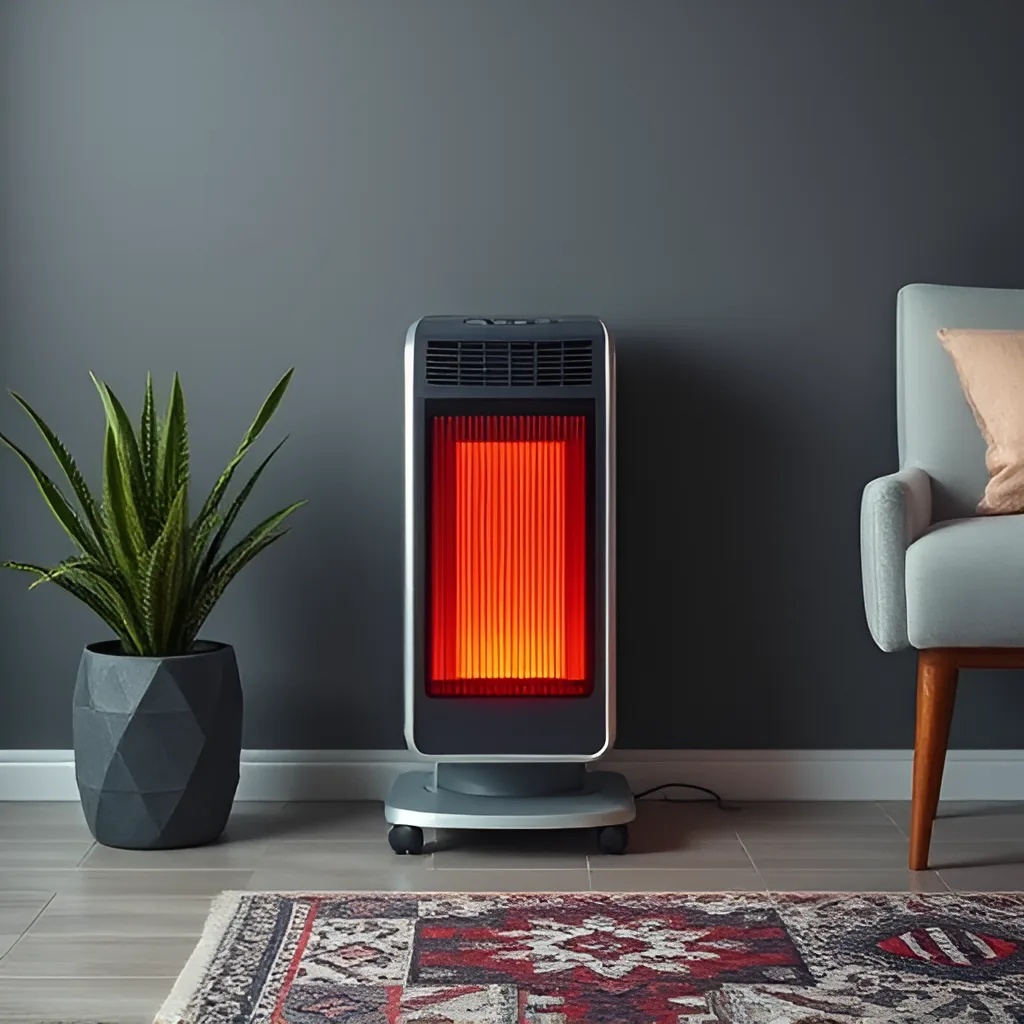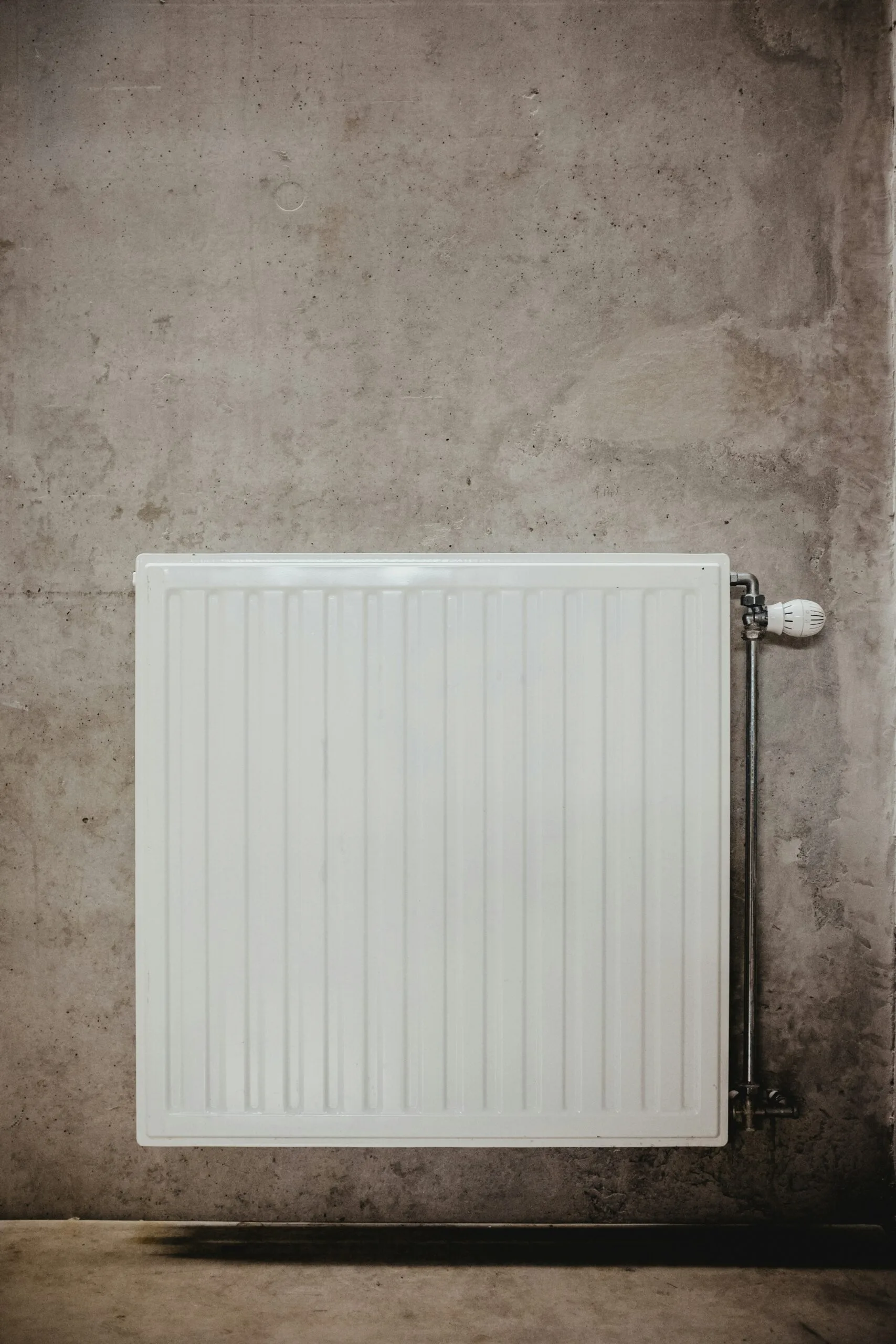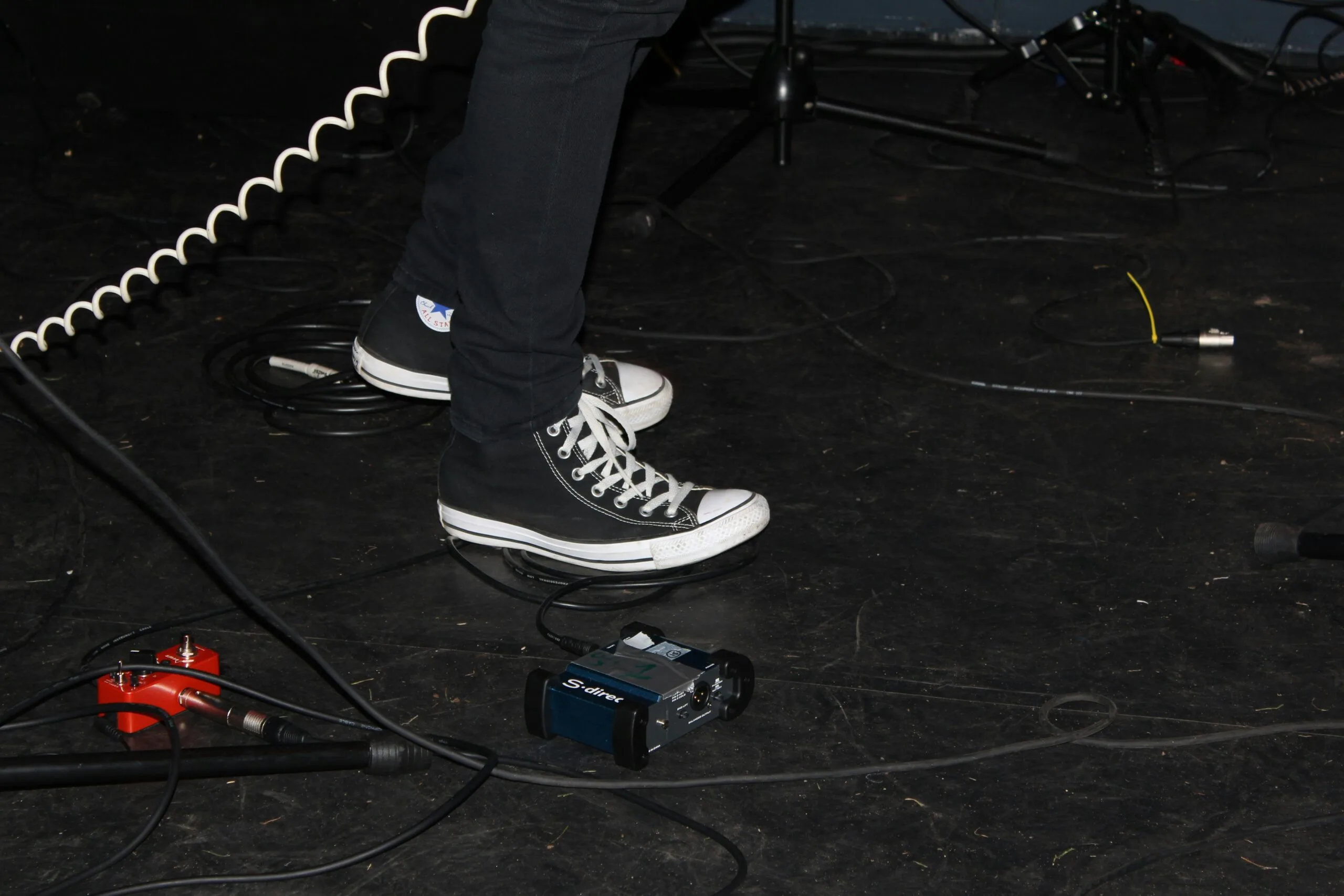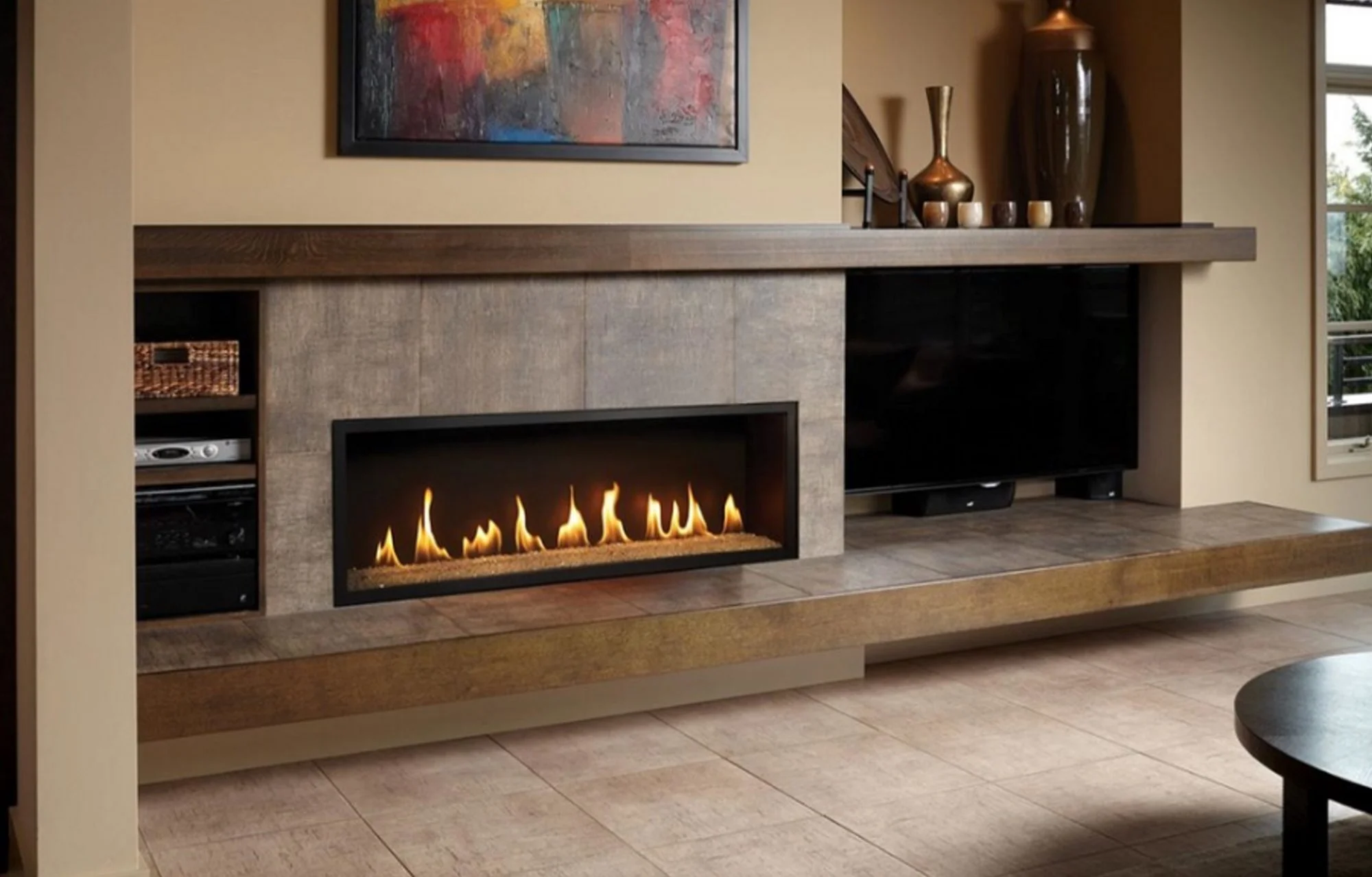Explore the ins and outs of electric heaters, including their types, common usage mistakes, and tips for optimal use. Understand how to maintain your electric heater for efficiency and safety and learn when it’s time to seek professional help. This comprehensive guide aims to educate homeowners and renters alike, ensuring warm and comfortable spaces while minimizing energy costs.
Understanding Electric Heaters
Electric heaters are devices that convert electrical energy into heat, providing warmth for residential and commercial spaces. They work on the principle of Joule heating, where an electrical current passes through a resistor, and the resistance generates heat. This fundamental mechanism is common across multiple types of electric heaters, which can broadly be categorized into convection, radiant, and fan-forced heating systems.

Convection heaters, for instance, warm the air that circulates around them. These heaters can be either portable or fixed and are ideal for large, open spaces where air can flow freely. Radiant heaters, on the other hand, emit infrared radiation to directly warm objects and individuals within a room. These units are exceptionally effective for localized heating, often providing instant warmth. Lastly, fan-forced heaters combine convection and air movement, enhancing the distribution of heat in closed environments.
Please, read our post and do not forget to check our YouTube channel “Grig Stamate”:
https://www.youtube.com/@GrigStamate
You will find there, thousands of designing, furnishing, and decorating ideas for your home interior and outdoors.
Allow me to mention three of them:
Mid Century Design Tips for Creating a Timeless Home Interior (video)
Interior Design – Tour of Modern Home Interiors (video)
Small Dreamy Family Homes – Creative Interior Design Ideas, #2 (video)
Different electric heaters come equipped with various features, including thermostats, timers, and programmable settings, enabling users to optimize energy usage and comfort. However, despite their efficiency, common misconceptions persist about their operation. Many people believe that turning electric heaters on to the highest setting will heat a room faster; in reality, this can lead to higher energy consumption without significant benefits. Additionally, blocking air vents or placing heaters too close to furniture can impede performance, creating cold spots and uneven heating.
By understanding the different types of electric heaters and their operational principles, users can make informed decisions. Knowledge of these aspects will help ensure effective use, prevent potential misuses, and contribute to energy conservation within their homes. This foundational understanding is critical for maximizing the benefits of electric heaters while minimizing costs associated with unnecessary energy expenditure.
Common Mistakes in Electric Heater Usage
When it comes to electric heaters, many individuals inadvertently fall into common pitfalls, leading to inefficient heating and increased energy costs. One prevalent mistake is placing the heater inappropriately. For instance, positioning an electric heater in a corner of a room, obstructed by furniture, can severely diminish its effectiveness. Electric heaters are designed to warm spaces efficiently, but they need unobstructed airflow to function optimally. This leads to frustration as users wonder why their heater struggles to produce sufficient warmth.
Another frequent error involves neglecting maintenance. Just like any appliance, electric heaters require regular checks to ensure they are functioning correctly. Dust buildup can hinder performance, causing the unit to overheat or operate ineffectively. Users sometimes assume that because electric heaters lack the complexity of a furnace, they don’t need upkeep. This assumption is misleading, and neglect can consequently compromise safety and efficiency.
Moreover, some users make the mistake of expecting electric heaters to perform miracles, particularly in poorly insulated spaces. It is a common misconception that an electric heater can single-handedly heat a drafty room. Without adequate insulation, the heater will have to work overtime, leading to higher than necessary electric bills. Installing weatherstripping or using heavy curtains can significantly enhance the heater’s efficiency and create a more comfortable living environment.
In anecdotal terms, family members often find themselves debating the best placement for an electric heater, sometimes resulting in spirited discussions about comfort and energy savings. Recognizing these common mistakes can help users optimize their electric heater usage, fostering a better understanding of how to achieve warmth efficiently without breaking the bank.
Tips for Optimal Electric Heater Use
To ensure that you are using your electric heater to its fullest potential, several important strategies can be implemented. First and foremost, consider the positioning of your heater. It should be placed in areas where you spend the most time, such as living rooms or bedrooms. Avoid placing it near windows or drafty sections of your home, as this can significantly decrease its efficiency. Positioning it in accordance with the flow of air will help distribute heat more evenly throughout the space.
Maintenance of your electric heater plays a crucial role in its performance. Regularly check for dust buildup, as this can impede the heater’s functionality. A clean heater will work more efficiently and effectively, ensuring that you are experiencing the maximum warmth possible. Additionally, inspect the electrical cords for any damage and ensure that they are not running under carpets or furniture, where they might pose a safety hazard.
Implementing safety protocols is essential when using electric heaters. Always keep flammable materials away from the heater, and never leave it unattended for extended periods. Consider using a heater with an automatic shut-off feature, which can prevent overheating and potential fires. Investing in a timer can also help regulate usage, ensuring that the heater is only on when necessary.
Personal experiences have shown that small adjustments can yield substantial results in comfort and cost savings. For instance, during a particularly cold winter, I repositioned my heater near a frequently used armchair and noticed a dramatic improvement in warmth. It is essential to share these experiences; how have your simple modifications improved your heating situation? Engaging in this conversation can help build a community of smart electric heater users ready to conquer the cold months.
When to Seek Professional Help
Recognizing when it is necessary to contact a professional for assistance with your electric heater is crucial for both safety and operational efficiency. There are several signs that may indicate your heater is not functioning optimally. For instance, if you notice inconsistent heating throughout your home, this could signify an issue with the unit’s components or its thermostat. Similarly, if you hear abnormal noises, such as popping or buzzing, it is often an indication of a malfunction that requires expert evaluation. Additionally, an electric heater that emits a strange smell or produces visible smoke should be turned off immediately, as this poses a serious safety risk.
Choosing the right technician is an important task that can impact the longevity and functionality of your heating system. Start by researching local professionals who specialize in electric heater repairs. Look for licensed and insured technicians to ensure that you receive quality service. Reading reviews and asking for recommendations can also aid in selecting a credible expert. Once you have shortlisted potential candidates, request quotes or estimates to compare pricing and service offerings.
During the service call, expect the technician to thoroughly inspect your electric heater. They will likely check for any faulty components and assess the overall condition of the unit. It is advisable to ask questions about the issues identified and potential solutions, as this can provide insight into whether subsequent maintenance or repairs may be necessary.
Regular maintenance of your electric heater cannot be overstated. Scheduling annual check-ups can prevent costly repairs and ensure that your heater operates efficiently, ultimately saving you money in the long run. Taking these proactive measures will contribute to a warm and comfortable home environment.
Other related posts from our website:
Thank you so much for your attention.
Stay tuned. We will upload many other amazing posts to our website and videos onto our YouTube channel.
Thank you so much.
for your time and attention.
Best Regards
See you at another post,
Bye, Bye


